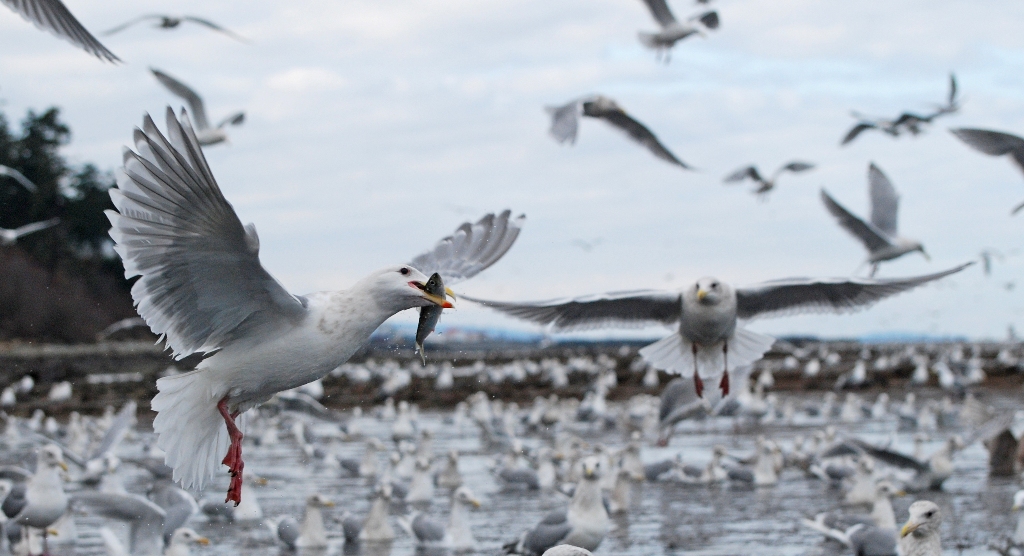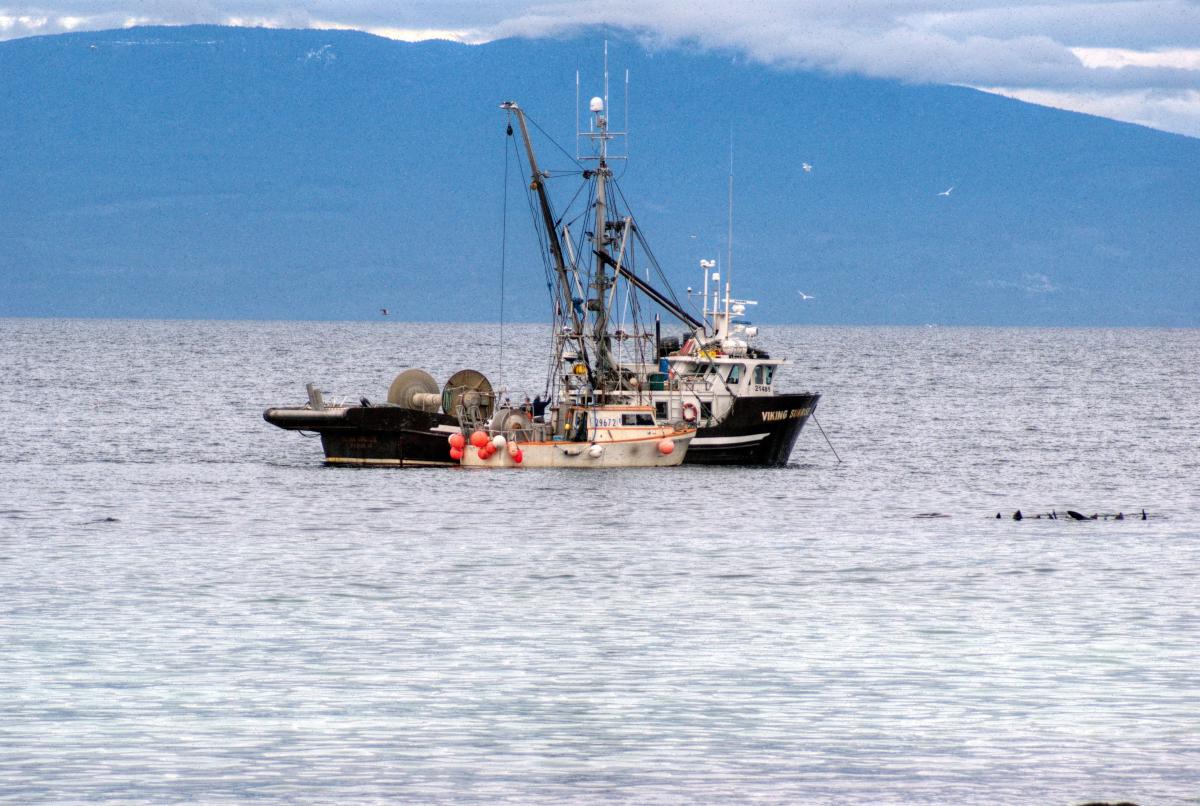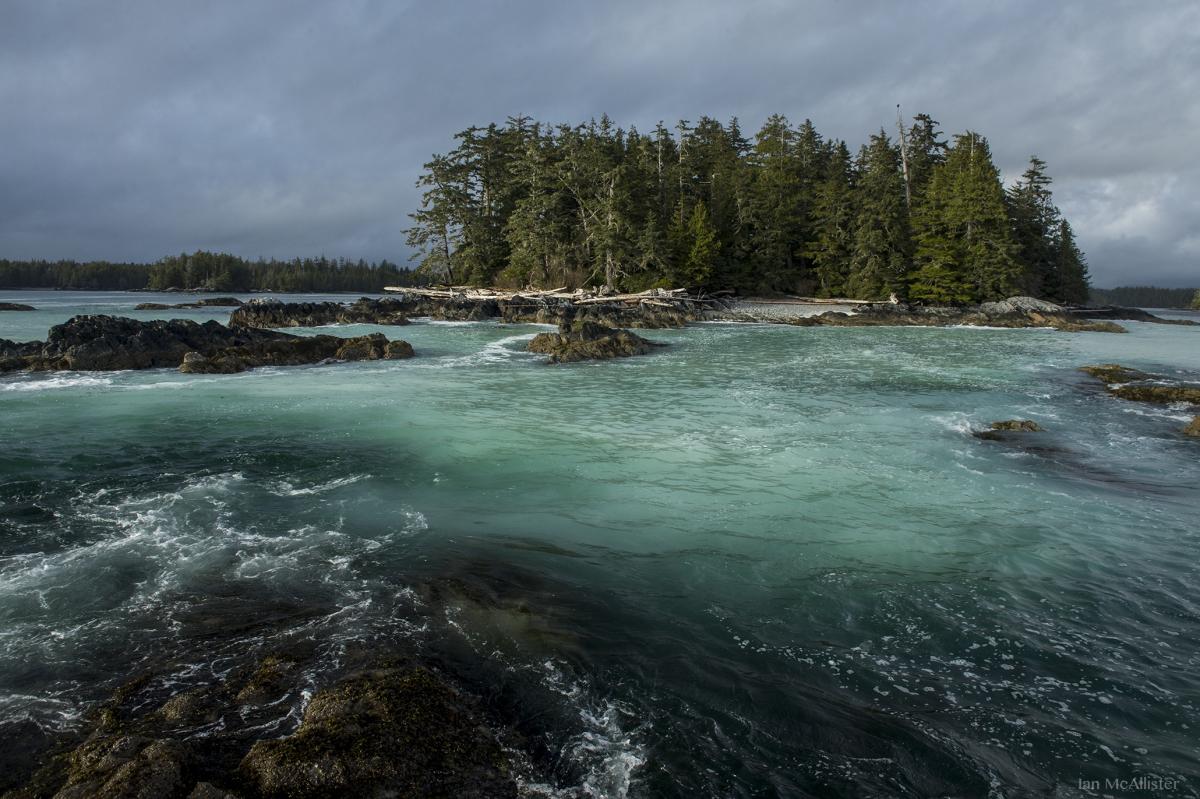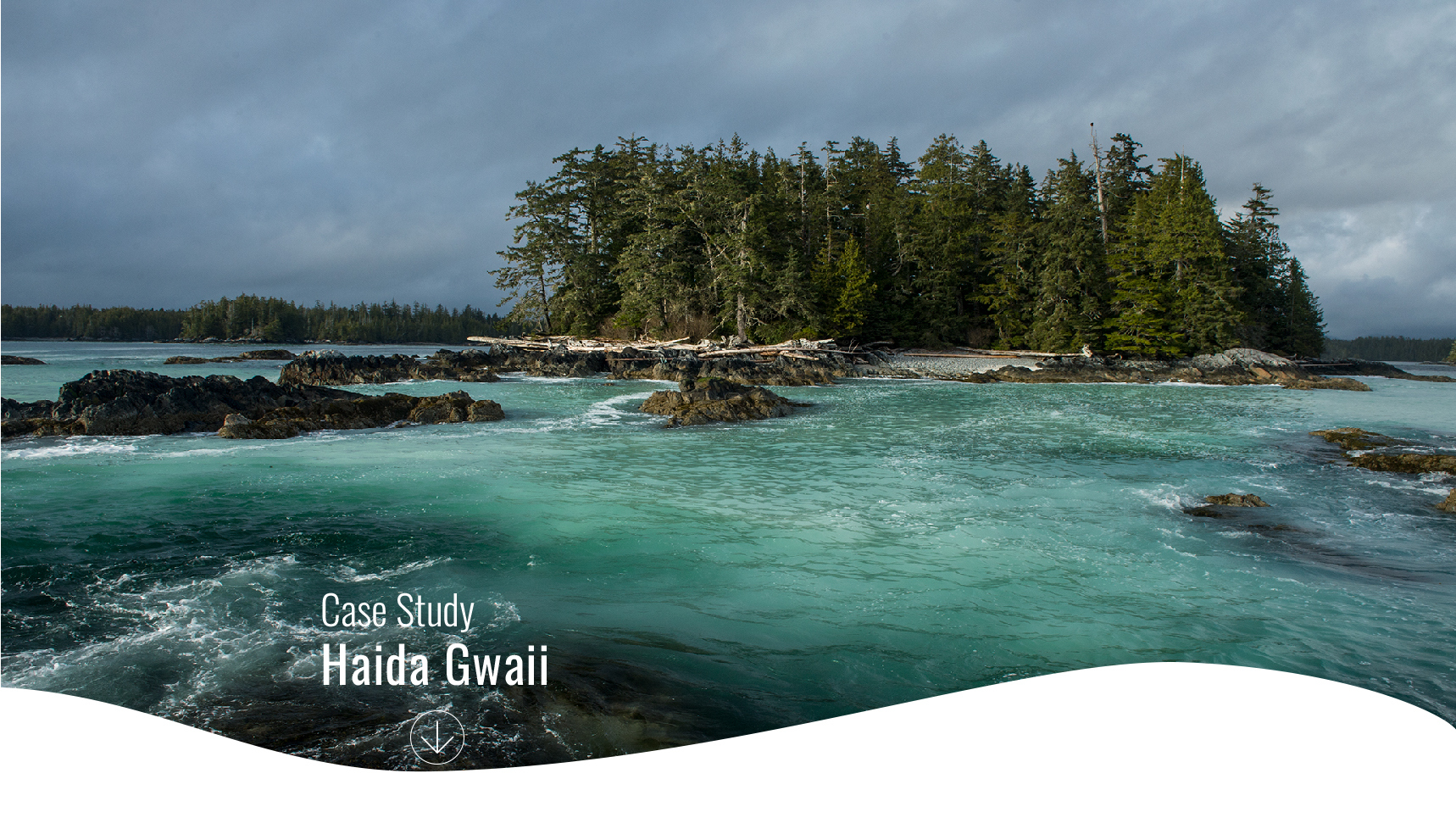Drivers and feedbacks

Complex sets of human and natural pressures combine to affect ecosystems and the fisheries they support, making it challenging to identify key drivers and management levers. Furthermore, once tipped, ecosystems can experience feedbacks that make it challenging to restore systems to previous (or preferred) states. Understanding tipping points and identifying key drivers and feedbacks can help prioritize effective management actions and help inform appropriate conservation and restoration targets.
Several potential drivers of herring declines and slow recovery have been suggested, including overfishing, disease, increases in predator populations, and climate change, but the true causes have remained difficult to pinpoint3. Disentangling and understanding the contribution and consequences of these drivers is important for determining management actions for recovery of herring stocks.
Climate and commercial fishing have interacted across scales to erode resilience
 In Haida Gwaii, we analyzed time series of herring spawn and herring catch data at both regional and local scales and examined two potential drivers of change: commercial fishing, and ocean climate10. Our results indicate that recent slow recovery of the overall Haida Gwaii herring population is due to depressed population growth rates in 90% of bays and inlets where they spawn. We also found that fishing and ocean conditions were key regional environmental drivers impacting herring dynamics. Regional ocean temperature affected herring population growth, with herring population growth rates increasing in cold years and decreasing in warm years, particularly for spawning aggregations with low intrinsic growth rates. Strong differences in the timing and location of fishing further contributed to declines in overall herring populations across the archipelago. However, our model indicates that there are other drivers of this ecosystem shift for which we haven’t accounted. One driver in particular that we didn’t examine was the recovery of marine mammals that prey on herring. Increases in humpback whales and sea lions may underlie declines in herring population growth.
In Haida Gwaii, we analyzed time series of herring spawn and herring catch data at both regional and local scales and examined two potential drivers of change: commercial fishing, and ocean climate10. Our results indicate that recent slow recovery of the overall Haida Gwaii herring population is due to depressed population growth rates in 90% of bays and inlets where they spawn. We also found that fishing and ocean conditions were key regional environmental drivers impacting herring dynamics. Regional ocean temperature affected herring population growth, with herring population growth rates increasing in cold years and decreasing in warm years, particularly for spawning aggregations with low intrinsic growth rates. Strong differences in the timing and location of fishing further contributed to declines in overall herring populations across the archipelago. However, our model indicates that there are other drivers of this ecosystem shift for which we haven’t accounted. One driver in particular that we didn’t examine was the recovery of marine mammals that prey on herring. Increases in humpback whales and sea lions may underlie declines in herring population growth.

In addition to the contribution of different drivers to herring population dynamics, we found that fluctuations in local populations were historically more asynchronous than they are today. In other words, if one local area was experiencing a decline, others may have been unaffected or experiencing high abundances. This spatial asynchrony can provide a “portfolio effect”, similar to portfolios in the financial sector, where extinction risk is mitigated by enhanced regional population stability. More recently, local herring populations have been experiencing greater synchrony in their spawning. Thus, while historically herring populations would have been more regionally stable for mobile predators, commercial fishermen, and subsistence harvesters, it appears this resilience has been eroded in today’s herring population.
